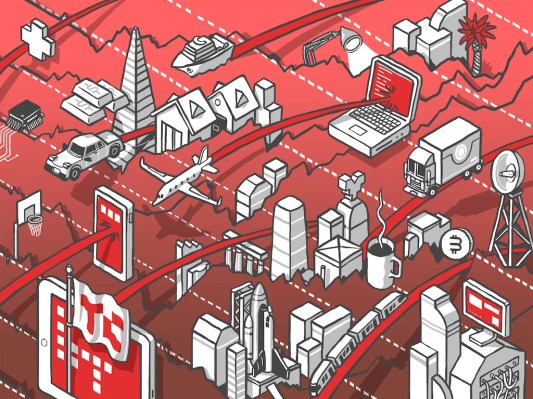

Robotic process automation (RPA) unicorn UiPath last night priced its IPO at $56 per share, above its raised price target range of $52 to $54. The company sold 9,416,384 shares at that price, alongside 14,474,393 from existing shareholders. Its underwriters can purchase 3,583,616 shares at its IPO price if they so choose.
UiPath raised $527.3 million on a gross basis for the primary shares that it sold in the transaction, a deal that values the company at around $29.1 billion on a nondiluted basis. On a fully diluted basis, The Exchange calculates that UiPath is worth up to $31 billion.
The Exchange explores startups, markets and money. Read it every morning on Extra Crunch or get The Exchange newsletter every Saturday.
UiPath’s pricing run has been fascinating to watch. The company first proposed a $43 to $50 per-share IPO price range; at that price, UiPath was worth $22.2 billion to $25.8 billion on a nondiluted basis. A coup? For a company that valued at just over $10 billion a year ago, you’d think so. The company’s final IPO price is nearly a tripling of its 2020 worth.
But for UiPath, things are complicated by a 2021 private round that valued the company at $35 billion, a figure that weighs somewhat heavily around the company’s neck.
 Not that we should hold the final down-round IPO price differential against UiPath. It got away with raising $750 million at an inflated price before turning around and raising another half-billion at a more reasonable (more on that in a moment) valuation while providing all but its very final investors with excellent returns.
Not that we should hold the final down-round IPO price differential against UiPath. It got away with raising $750 million at an inflated price before turning around and raising another half-billion at a more reasonable (more on that in a moment) valuation while providing all but its very final investors with excellent returns.
Its employees should do well, too, I reckon. (And Alphabet. Perhaps the company can now afford to bring more of its contractors on full-time thanks to, say, the nearly 21x return that its late-stage group CapitalG made on the 13 million UiPath shares it purchased during its Series B.)
Regardless, after watching the UiPath IPO pricing dance from its first S-1 filing through settling at $56 per share, I think the only parties that should feel a bit silly are the investors who decided that pushing up the value of the former startup by 3.5x in a less than a year was durable logic. Let’s talk about why.

